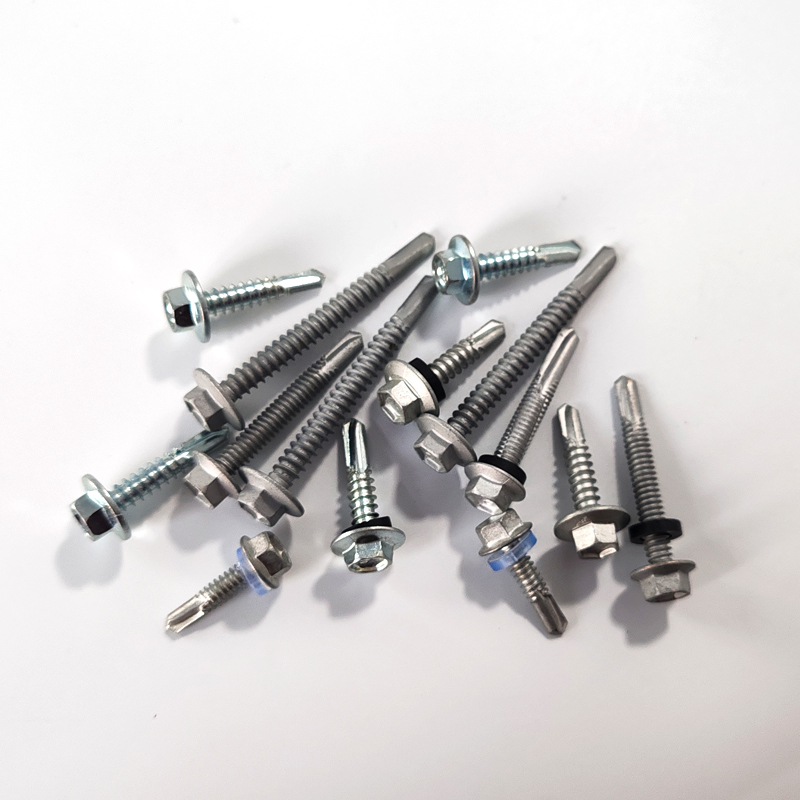Exploring the Advantages of Double Ended Threaded Bolts in Various Applications
Understanding Double-Ended Threaded Bolts A Comprehensive Guide
When it comes to fastening solutions in various engineering and construction applications, double-ended threaded bolts stand out due to their unique design and versatile functionality. These specialized fasteners are characterized by having threads on both ends while being smooth in the middle, allowing for a wide range of applications, particularly in instances where clamps or other types of fastening devices are impractical.
Design and Structure
The design of double-ended threaded bolts involves two sections of threaded rod at both ends, which allows for the insertion of nuts or for screwing into pre-tapped holes. The middle section, which is left unthreaded, provides additional strength and allows for more flexibility in connecting components. The standard materials for these bolts include carbon steel, stainless steel, and various alloys, making them suitable for diverse environments, including corrosive settings where stainless steel may be preferred.
The dimensions of these bolts can vary significantly, from small sizes used in electronics to much larger variants employed in heavy machinery. Diameter, length, and thread pitch are all considerations that engineers must keep in mind while selecting the appropriate bolt for a specific application.
Applications
Double-ended threaded bolts are used widely across numerous industries, including construction, automotive, machinery manufacturing, and aerospace. They are particularly popular in applications that require a secure and reliable fastening method that can be easily adjusted or removed. For instance, in the construction sector, these bolts may be utilized for securing beams or panels in place, providing a robust connection point without the bulk of traditional bolting methods.
In the automotive industry, double-ended bolts can be found in numerous components, from engine parts to chassis. Their ability to allow for easy disassembly is critical for maintenance and repairs. Similarly, in the world of machinery, these bolts help to secure components that may need regular replacement or adjustment, facilitating ease of service.
double ended threaded bolt

Advantages
One of the most significant advantages of double-ended threaded bolts is their versatility. They can be used in various fastening configurations, including tension and clamping applications. This flexibility allows engineers and designers to employ these bolts in a wide range of scenarios, maximizing functionality.
Moreover, because they are threaded on both ends, they enable the ability to create strong joints without the need for a traditional bolt head or nut on one end. This can be particularly advantageous in space-restricted environments where standard bolts may not fit. The unthreaded section in the middle also allows for adjustments or misalignments that may occur during assembly.
Installation and Maintenance
When installing double-ended threaded bolts, it is essential to ensure that the threads are adequately aligned to prevent cross-threading, which can compromise the integrity of the joint. Proper torque settings should be adhered to according to the specific materials and bolt sizes being used. Over-tightening can lead to thread stripping, while under-tightening may result in insufficient clamping force.
Maintenance of double-ended threaded bolts involves regular inspections for signs of wear, corrosion, or loosening. Given their applications, especially in industrial settings, monitoring their condition is crucial for overall safety and machinery performance. Should any defects be noted, replacement should be immediate to avoid failures that could lead to accidents or costly downtime.
Conclusion
Double-ended threaded bolts are a vital component in modern engineering and construction. Their unique design, coupled with the multitude of applications they support, makes them essential fasteners in various industries. Understanding their properties, application methods, and maintenance protocols is paramount for engineers and professionals who utilize these fasteners. By leveraging their strengths and ensuring proper installation and care, organizations can maximize the reliability and effectiveness of their assembled structures and systems. As industries continue to evolve, the function and design of fasteners like double-ended threaded bolts will undoubtedly adapt, reflecting the ongoing advancements in engineering technology.
-
Weatherproof Plastic Expansion Anchors for OutdoorAkụkọJun.06,2025
-
Sustainability in the Supply Chain: Eco-Friendly TEK Screws ProductionAkụkọJun.06,2025
-
Load-Bearing Capacity of External Insulation FixingsAkụkọJun.06,2025
-
Double Head Bolts: Enhancing Efficiency in Industrial MachineryAkụkọJun.06,2025
-
Corrosion Resistance in Chipboard Screws: Coatings for Wholesale DurabilityAkụkọJun.06,2025
-
Butterfly Toggle Bolts : Enhancing Structural ResilienceAkụkọJun.06,2025
